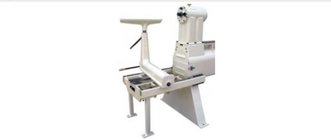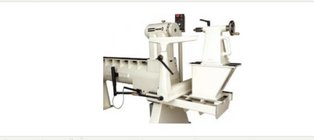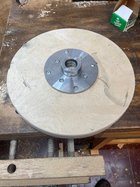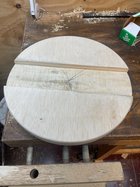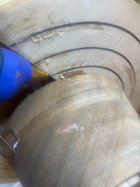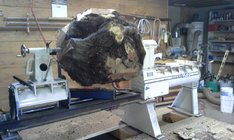I sometimes turn large bowls on my Nova 2024, with a target final diameter of let’s say 18”. The rough blank exceeds my 20 swing, so I use the outboard capability to get the blank round, true, and under 20”, then proceed with the rest of the work done over the bed.
Suppose I want a bowl bigger, that has to stay outboard.
How do you deal with a foot, or even removing the tenon?
What if it’s to be a twice turned piece? Is it reasonable to think one could use the tenon made during first turning, without an ability to true it?
I’m thinking for a second turning; Grab the tenon as best possible. Turn a recess inside for a chuck. Turn the outside. Reverse after making the tenon proper and do your inside turning.
How do you much more experienced folks deal with these problems?
Suppose I want a bowl bigger, that has to stay outboard.
How do you deal with a foot, or even removing the tenon?
What if it’s to be a twice turned piece? Is it reasonable to think one could use the tenon made during first turning, without an ability to true it?
I’m thinking for a second turning; Grab the tenon as best possible. Turn a recess inside for a chuck. Turn the outside. Reverse after making the tenon proper and do your inside turning.
How do you much more experienced folks deal with these problems?

